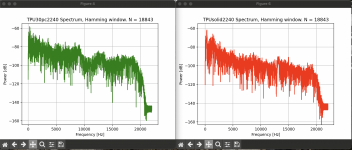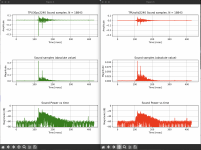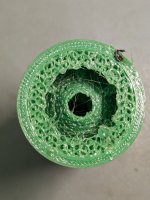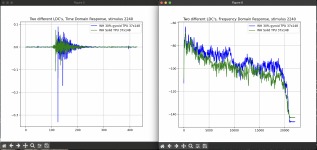Looks like a decent CA glue. I've been using Starbond recently and always had good luck with stuff from Bob Smith Industries. I have a bit of a chemical sensitivity to CA after building lots of balsawood planes and bridges (Science Olympiad), so it's not my favorite type of glue to use. But it is so handy.I'm on a GluBoost kick lately. Long working time before it sets up. Wondering if you've ever heard of it?
I made a guitar and using CA as the finish on the body... apply using a piece of wax paper to smear it around until it sets. Wet sand to a glass finish. Really nice when you don't want to wait for a typical finish to cure hard enough to sand. Good at reinforcing soft woods too.
Upvote 0



